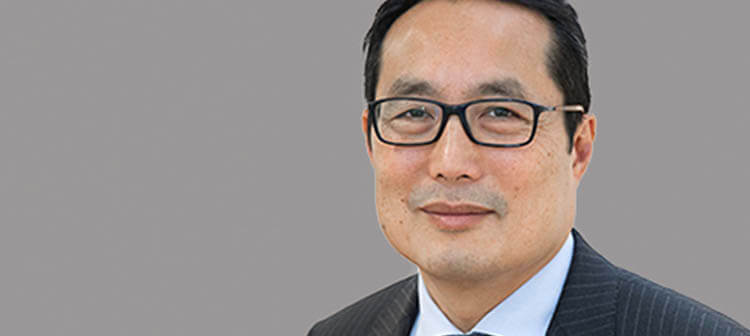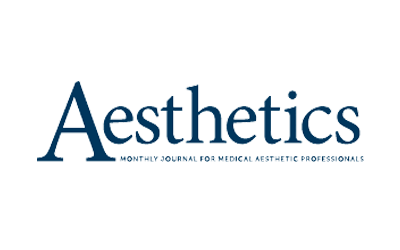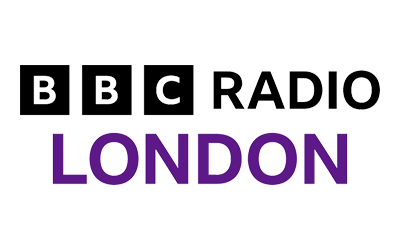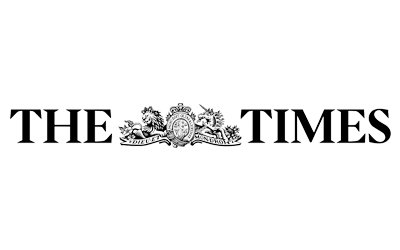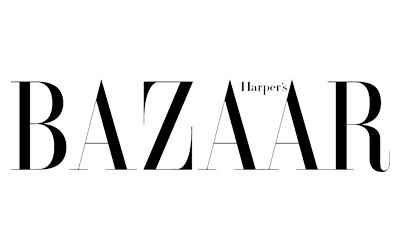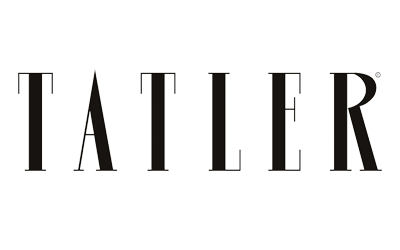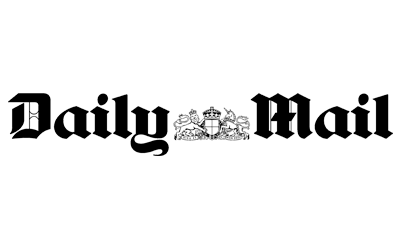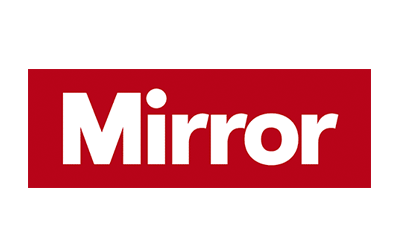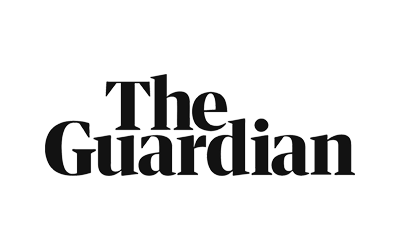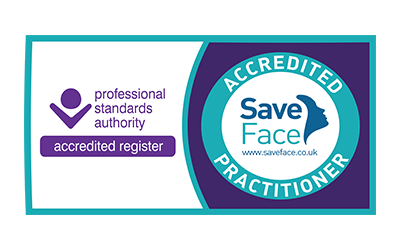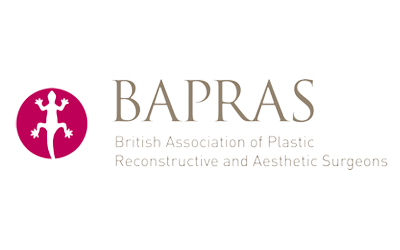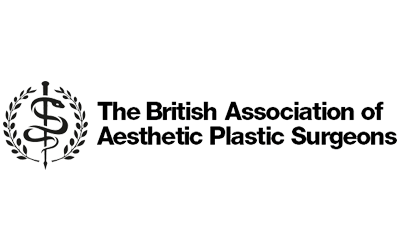Plastic surgery has two components. Reconstructive plastic surgery aims to restore both function and appearance after an illness or accident or due to a congenital disability. Aesthetic plastic surgery or cosmetic surgery is elective surgery which aims to change or enhance physical appearance from choice rather than due to disease, congenital or trauma reasons.
After achieving the gold medal in primary Fellowship of the Royal College of Surgeons (FRCS), Mr Mark Ho-Asjoe started his plastic surgery specialist surgical training.
As well as an aesthetics fellowship at Wellington Hospital in London, Mark has trained in other leading plastic surgery centres, including the Chang Gung Memorial Hospital in Taiwan, one of the leading microsurgical reconstructive centres in the world.
Microsurgery breast reconstruction is a complex and challenging procedure that takes a piece of tissue, complete with its tiny nerves and own blood and lymphatic vessels, from one part of the body to reconstruct the breast. The most performed microsurgery procedure in breast reconstruction is the DIEP flat, which takes abdominal tissue to recreate the breast.
Mark is part of the breast reconstruction team at Guy’s and St Thomas’ Hospital in his NHS practice, which sits alongside his private cosmetic surgery practice.
The crossover between reconstructive breast surgery and cosmetic breast surgery
There is a great deal of crossover between reconstructive and aesthetic work, and the expertise gained in reconstructive work is applied to cosmetic procedures to ensure patient safety and better outcomes. Similarly, the skills and techniques utilised in reconstructive work are employed to make the results as aesthetically pleasing as possible.
“The role of the plastic surgeon in breast reconstruction,” Mark explains, “is to restore the appearance of the breast as best as possible and to restore a patient’s confidence after undergoing such a challenging experience.”
The plastic surgeon will work with the patient’s oncology team and develop a personalised plan for breast reconstruction based on their unique needs and preferences and also take into account the requirements of their cancer treatment. Reconstruction may take place at the same time as the initial lumpectomy or mastectomy procedure or at a later stage. This is also true for patients who have not yet been diagnosed with breast cancer but are at high risk of developing breast cancer in the future.
“Just as with cosmetic breast surgery, we try to offer as many options as possible to our breast reconstruction patients. In simple terms, it will either be using your own tissues, which can be taken from different parts of your body, or you can use an implant, an artificial substance to replace the volume.
“Our team at Guy’s looks at it from what is the best option for the patient, what is available for the patient and what would the patient like to do. It’s all about giving them a choice rather than us telling them what to have.”
As well as always striving to achieve the optimal aesthetic outcome, Mark notes that surgeons have developed techniques in their reconstructive work which have benefited cosmetic surgery patients. “Autologous fat transfer was initially applied in early 2000s’ for scar recontouring. Since then, it has been used as a volume technique for reconstruction of the breast, face and body.
“Advances in technique and technology in the reconstructive field have improved fat transfer’s viability and predictability, and it is now becoming increasingly popular in aesthetic breast surgery.
“My super specialisation is microsurgical reconstruction, which is when we move a piece of tissue from the thigh or tummy with the blood vessels that supply it, and then we join the blood vessels with the recipient site, for example, the breast. In very rare cases, I’ve employed my microsurgical training in my aesthetic work to augment the breasts, utilising a free tissue transfer from the abdomen.
Choosing a breast surgery expert
“In principle, all cosmetic breast surgery procedures are less complex. The issue with all these types of surgery, even with breast augmentation, is having the experience to understand the patient’s starting point: what’s the quality of the tissues, how tight is the skin, and what is needed to do to improve the breast. You must employ your skills and techniques to produce the best result.
“For a breast uplift, you may need to provide additional support in the form of internal sutures or meshes to produce a longer-lasting result. Sometimes, you must combine implants with fat transfer to create a symmetrical result or better shaping.
“In terms of the future of breast surgery, we see different techniques being promoted, such as TUBA or Transumbilical Breast Augmentation, which is where the breast implants are placed through an incision in the belly button so there are no visible scars. But you are dissecting half your tummy to push the implant upwards when we can produce a tiny scar with the conventional approach, so often you’re solving a problem and creating another issue. The surgeon’s role should be about making the scarring the best it can be with our skill set and experience.”
Cosmetic breast surgery procedures offered by Mark at Karidis Clinic
Breast augmentation with implants
Breast revision / correction surgery
Call 0207 432 8727 to book a consultation with Mr Mark Ho-Asjoe to discuss your concerns in full.
